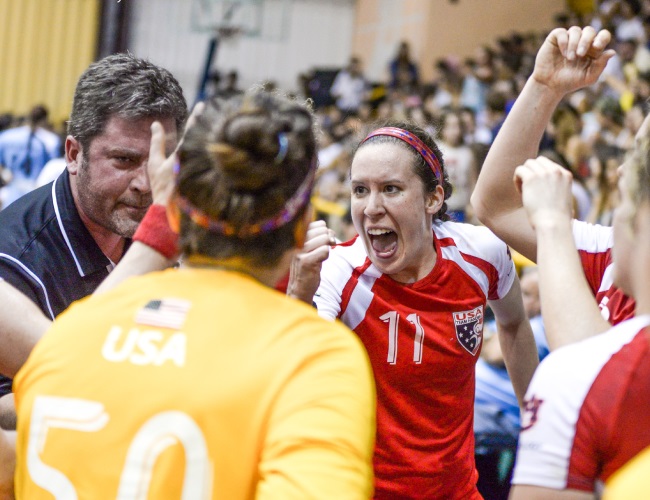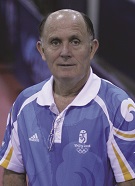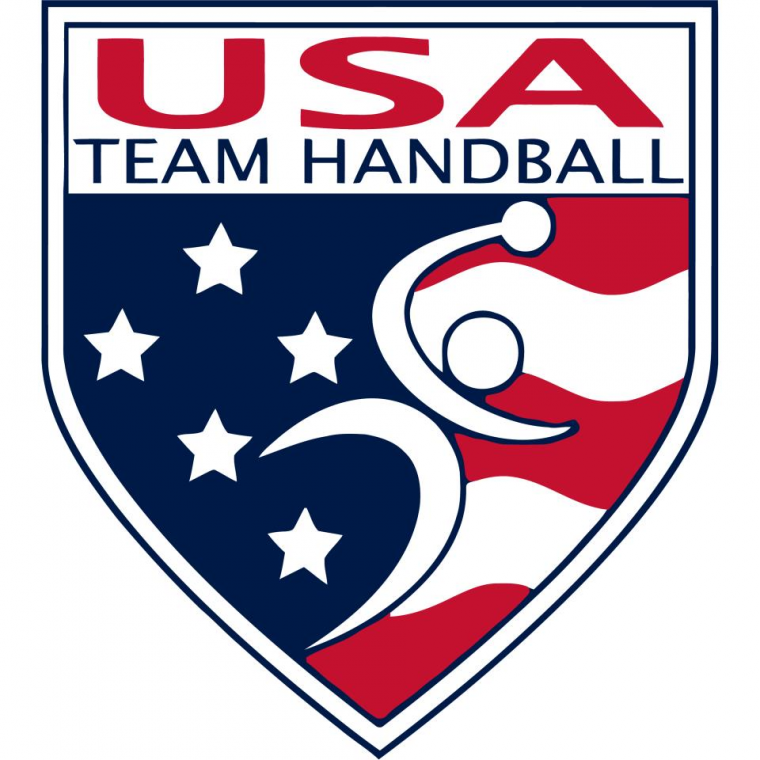
 Website: www.teamusa.org/USA-Team-Handball
Website: www.teamusa.org/USA-Team-Handball
USA Team Handball (USATH) is the National Governing Body (NGB) for the Olympic Program discipline of team handball, as recognized by the U.S. Olympic Committee. USATH, a member of the International Handball Federation (IHF) and the Pan American Team Handball Federation (PATHF), is headquartered in Colorado Springs, Colorado. The jurisdiction of USATH includes development of grassroots programs, preparation of national teams and day-to-day oversight of the sport of team handball throughout the United States.
Sports Destination Management: What new initiatives or plans does USATH have in store for the coming year?
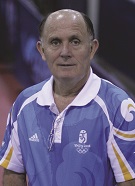
Michael D. Cavanaugh: We have a number of new initiatives we are planning. We have a president and chairman of the board, Dr. Harvey Schiller, who is well known internationally and domestically in the world sports scene. He is the former CEO of the U.S. Olympic Committee, former Commissioner of the Southeastern Conference (SEC), former President of Turner Sports, former President of Yankee/Nets and currently is the Commercial Commissioner of the America’s Cup race. He’s now in private consulting. We are very fortunate to have him at the helm of USA Team Handball.
Something else new is the fact that the USOC just signed an agreement with Auburn University, designating it as an Official Olympic Training Site for Team Handball. That comes right in time for our 2015 College National Championships, which take place at Auburn. One of our goals is to grow the collegiate base of this sport. We’ve had slight growth already, but with Auburn as our foothold, we have the goal of expanding to other schools in the area, and eventually throughout the SEC.
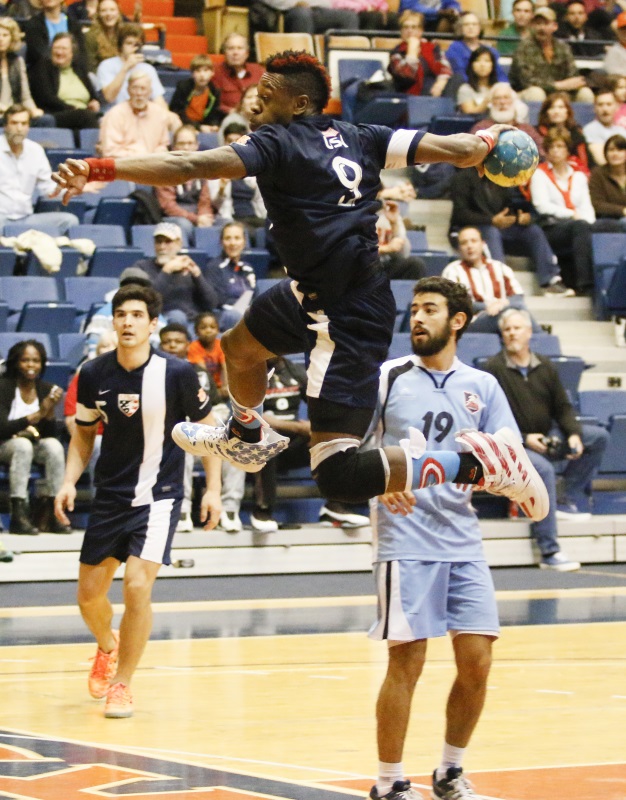 SDM: What do you think has stood in the way of team handball’s growth in the past? It’s exciting to see on TV in the Olympics.
SDM: What do you think has stood in the way of team handball’s growth in the past? It’s exciting to see on TV in the Olympics.
Cavanaugh: About 90 percent of Americans have never heard of this sport. If you mention handball, they think of someone smacking a little ball around on the YMCA court using their hand. Team handball is the Olympic sport and it is completely different. Unfortunately, it’s not a sport a lot of Americans have grown up playing. In Europe and South America, for example, people have seen it and played it all their lives, and as a result, they’re just better at it. If you look at the cities in the U.S. where team handball is popular and where there are high-performance major clubs, you’ll see they are in areas where there is a higher immigrant population – New York, Chicago, San Francisco, Los Angeles. The U.S. has made eight Olympic Games appearances between the men and women in this sport, but right now, it’s a challenge to compete with hemispheric nations like Brazil and Argentina.
It’s also challenging because currently, colleges and universities are dropping sports; they’re not thinking about adding them. When you want to have team handball in schools, a lot of time, the area you want to use is the gymnasium; that can be hard because other sports, such as basketball or volleyball, are already using that space and there isn’t a lot of time available for something else. The good thing is that there is college team handball at the club level. Club sports are far different from varsity programs.
SDM: Are there leagues?
Cavanaugh: There are. They are mostly on the West Coast and in the Northeast. Our website has information on those.
SDM: The USATH Open Nationals will be held in York, Pennsylvania, at the York Expo Center's Utz Arena in 2015 and 2016. According to the website, the event is the country's largest domestic team handball tournament, and the championships are slated to bring more than 600 athletes, spectators and coaches to the area. Other than column-free space, what does USATH look for in selecting a facility to host a major event, and what types of facilities have you used in the past?
Cavanaugh: For a large event, we need four courts over the course of three days. Each court is 44 meters x 24 meters. We often use convention centers, so there are lots of cities that can accommodate us; unfortunately, many do not have the flooring we can use. We like to put Sport Court (a synthetic snap-together sports flooring system) on top of the surface. It’s preferable to have a wooden floor with Sport Court or Taraflex (another synthetic flooring product) on top. We can’t play on cement – you need a little bit of cushion for this sport. What’s interesting is we’re starting to see more convention centers buying this kind of flooring in order to make themselves appealing to these events.
One more thing – live streaming is now expected for these events. We need a facility with the capability to do this.
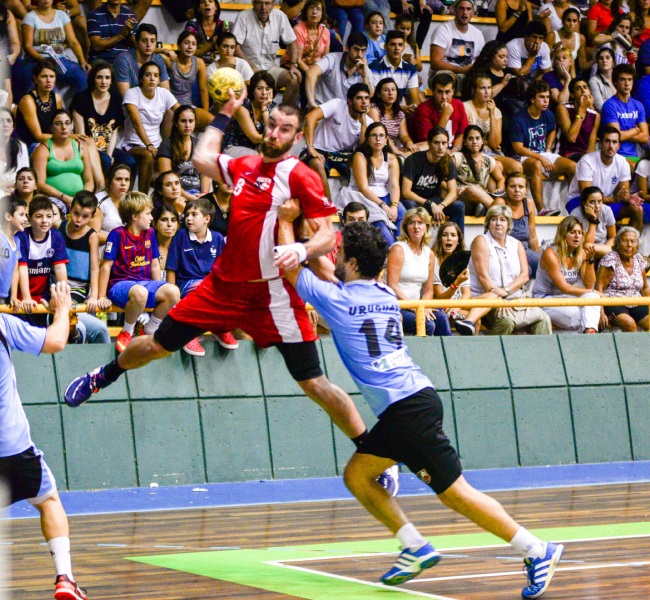 SDM: Does USATH govern other types of handball?
SDM: Does USATH govern other types of handball?
Cavanaugh: There is a beach version of the sport. It is played on a smaller court with fewer players (traditional team handball has seven players per team; beach handball has four). It is even faster-paced than the indoor version and rapidly gaining in popularity in many areas of the world.
SDM: Is there a certain type of athlete who finds the sport appealing, or who excels at it?
Cavanaugh: We find athletes coming in from a lot of other sports – basketball and football are good examples. You don’t have the concussion risk you’d have in football but it uses a lot of the same skills. In fact, it uses a lot of skills Americans already have. At the same time, it doesn’t demand a certain build or a certain height, the way basketball does. It’s really a sport for athletes of all body types. It’s fast-paced, high-scoring and very exciting to watch.